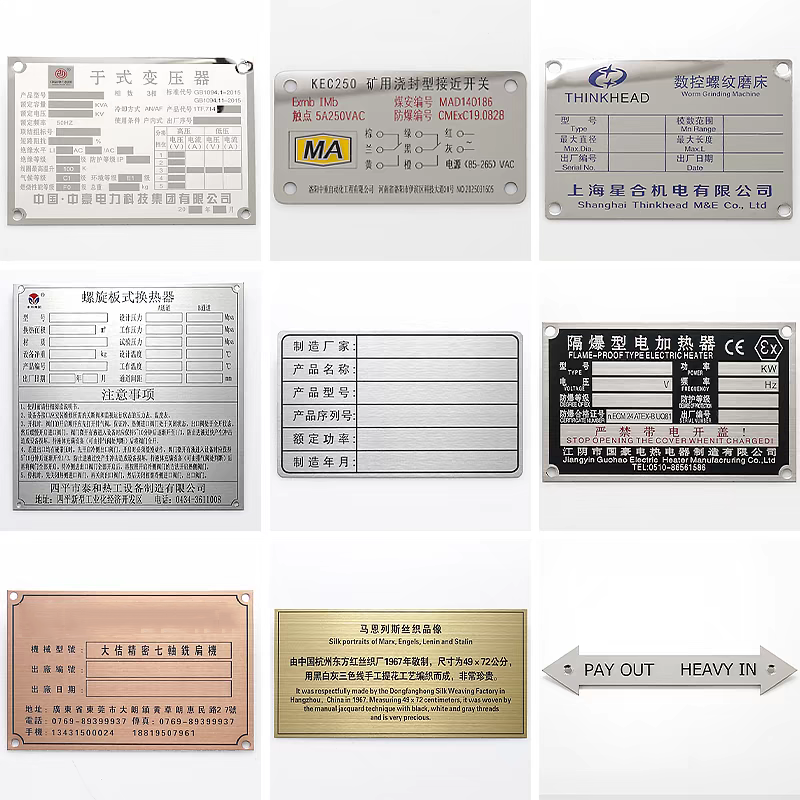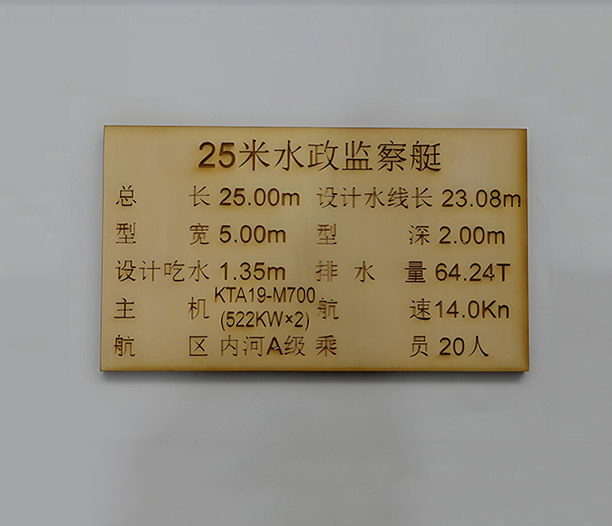In any environment where chemicals are handled—from industrial workplaces to laboratories and even households—hazardous chemical labels play a critical role in ensuring safety and compliance. These labels are not just stickers on containers; they are vital communication tools that convey essential information about the dangers associated with chemical substances. Without proper hazardous chemical labels, the risk of accidents, health issues, and legal non-compliance increases significantly. This article delves into the multifaceted world of hazardous chemical labels, exploring their importance, components, regulations, and practical applications. By understanding these aspects, individuals and organizations can better protect themselves and others from potential hazards.

What Are Hazardous Chemical Labels?
Hazardous chemical labels are standardized identifiers affixed to containers of dangerous substances, providing immediate visual cues about the risks involved. These labels are designed to communicate hazard information quickly and effectively, regardless of the user's language or expertise level. Typically, hazardous chemical labels include elements such as pictograms, signal words, and hazard statements that outline the nature of the danger—whether it's flammability, toxicity, corrosion, or other risks. The primary purpose of these labels is to prevent accidents by ensuring that anyone handling the chemical is aware of its potential hazards and knows how to manage them safely. In essence, hazardous chemical labels serve as the first line of defense in chemical safety protocols, bridging the gap between complex safety data sheets (SDS) and everyday users. They are mandated by various international and national regulations to maintain consistency and clarity across different settings. By using hazardous chemical labels, organizations can reduce workplace incidents, promote a culture of safety, and comply with legal requirements. Moreover, these labels are not static; they evolve based on new research and regulatory updates, emphasizing the dynamic nature of chemical safety management. Understanding what hazardous chemical labels entail is the foundation for implementing effective safety measures in any chemical-handling environment.
The Regulatory Framework Governing Hazardous Chemical Labels
The use of hazardous chemical labels is governed by a robust regulatory framework designed to standardize safety information globally. One of the most influential systems is the Globally Harmonized System of Classification and Labelling of Chemicals (GHS), developed by the United Nations. GHS provides a unified approach to classifying chemicals and communicating hazards through labels and safety data sheets. Countries like the United States have adopted GHS under regulations such as OSHA's Hazard Communication Standard (HCS), which requires employers to ensure that all hazardous chemicals are properly labeled. Similarly, the European Union's CLP Regulation (Classification, Labelling and Packaging) aligns with GHS principles. These regulations mandate that hazardous chemical labels include specific elements: product identifiers, signal words (e.g., "Danger" or "Warning"), hazard statements (e.g., "Causes skin irritation"), pictograms, and precautionary statements. The goal is to create a consistent language that transcends borders, reducing confusion and enhancing safety in international trade and handling. Compliance with these regulations is not optional; failure to use appropriate hazardous chemical labels can result in hefty fines, legal actions, and increased accident rates. Regular audits and updates are necessary to keep up with regulatory changes, as new hazards are identified and labeling requirements evolve. This framework ensures that hazardous chemical labels remain reliable tools for risk communication, fostering a safer working environment worldwide. By adhering to these standards, organizations demonstrate their commitment to safety and regulatory compliance, ultimately protecting both human health and the environment.
Key Components of Hazardous Chemical Labels
Hazardous chemical labels are composed of several key components that work together to convey comprehensive safety information. Understanding each element is crucial for effective hazard communication. First, the product identifier specifies the chemical's name or code, allowing users to cross-reference with safety data sheets. Next, signal words such as "Danger" (for severe hazards) or "Warning" (for less severe hazards) provide an immediate indication of the risk level. Hazard statements describe the nature of the hazard in standardized phrases, like "Highly flammable liquid and vapor." Pictograms are perhaps the most recognizable part of hazardous chemical labels; these are diamond-shaped symbols with black images on a white background, each representing a specific hazard class, such as flammability, health hazards, or environmental dangers. For instance, a flame pictogram indicates flammability, while a skull and crossbones denote acute toxicity. Precautionary statements offer advice on how to handle the chemical safely, including measures for storage, disposal, and first aid. Additionally, supplier information and emergency contact details are often included. These components ensure that hazardous chemical labels are informative and actionable, enabling users to make quick, informed decisions. In practice, the effectiveness of hazardous chemical labels depends on their clarity and consistency, which is why regulations like GHS standardize their design and content. By familiarizing themselves with these elements, users can better interpret labels and reduce the likelihood of mishandling chemicals, thereby enhancing overall safety.

The Role of Hazardous Chemical Labels in Workplace Safety
Hazardous chemical labels are indispensable in maintaining workplace safety by providing clear, accessible information about chemical risks. In environments like factories, laboratories, or construction sites, employees encounter various chemicals daily, and without proper labeling, the potential for accidents—such as spills, fires, or exposures—skyrockets. These labels empower workers to identify hazards quickly and take appropriate precautions, such as wearing personal protective equipment (PPE) or following specific handling procedures. For example, a label indicating "Corrosive" prompts the use of gloves and goggles, while a "Toxic" label might require ventilation controls. Moreover, hazardous chemical labels facilitate effective training and emergency response. During safety drills or actual incidents, responders rely on labels to assess risks and deploy countermeasures efficiently. They also support inventory management and chemical tracking, helping organizations monitor hazardous materials and ensure compliance with storage regulations. Beyond immediate safety, these labels contribute to a broader safety culture by raising awareness and encouraging proactive risk management. Employers who prioritize accurate hazardous chemical labels often see reduced incident rates, lower insurance costs, and improved employee morale. In fact, studies show that workplaces with robust labeling systems experience fewer chemical-related injuries. Thus, investing in high-quality hazardous chemical labels is not just a regulatory requirement but a smart business practice that safeguards both people and assets.
Best Practices for Implementing and Maintaining Hazardous Chemical Labels
To maximize the effectiveness of hazardous chemical labels, organizations should follow best practices for implementation and maintenance. First, ensure that all labels comply with relevant regulations, such as GHS, and are applied to every container holding hazardous chemicals, including secondary containers. Labels should be durable, resistant to fading, and legible under various conditions—consider using laminated materials or weather-resistant inks. Regular inspections are essential to check for damage or obsolescence; update labels whenever new hazard information becomes available or when chemicals are transferred. Training employees on how to read and interpret hazardous chemical labels is equally important; conduct periodic workshops and include labeling protocols in onboarding processes. Additionally, integrate labeling systems with digital tools, such as barcode scanners or inventory software, to streamline tracking and updates. Another key practice is to involve safety officers or committees in the labeling process to ensure consistency and address any gaps. For global operations, adapt labels to local languages and regulations while maintaining core GHS elements. Finally, document all labeling activities and maintain records for audits and continuous improvement. By adopting these best practices, organizations can enhance the reliability of their hazardous chemical labels, reduce risks, and foster a safer environment. Remember, effective labeling is an ongoing process that requires commitment and vigilance to keep pace with changing needs and regulations.
Frequently Asked Questions About Hazardous Chemical Labels
Q1: What information is required on a hazardous chemical label?
A1: Hazardous chemical labels must include several key elements as per standards like GHS: a product identifier (e.g., chemical name), signal word ("Danger" or "Warning"), hazard statements describing the risks, pictograms illustrating hazard classes, precautionary statements with safety measures, and supplier details. This ensures comprehensive risk communication.
Q2: Who is responsible for ensuring hazardous chemical labels are correct?
A2: Multiple parties share responsibility. Manufacturers and importers must label products correctly before distribution, while employers are responsible for maintaining labels in the workplace, including on secondary containers. Safety officers often oversee compliance to prevent accidents and legal issues.
Q3: How often should hazardous chemical labels be updated?
A3: Labels should be updated whenever new hazard information is discovered, regulations change, or chemicals are reclassified. Regular reviews—at least annually—are recommended to ensure ongoing compliance and safety, especially after incidents or audits.
Q4: Can hazardous chemical labels be customized for specific workplaces?
A4: Yes, labels can be customized as long as they include all required regulatory elements and remain clear and consistent. For instance, adding internal codes or bilingual text is acceptable, but the core hazard information must not be altered or omitted.
Q5: What are the consequences of using improper or missing hazardous chemical labels?
A5: Improper labeling can lead to serious outcomes, including chemical accidents, health injuries, environmental damage, and legal penalties such as fines or shutdowns. It also undermines safety culture, increasing liability and insurance costs for organizations.






